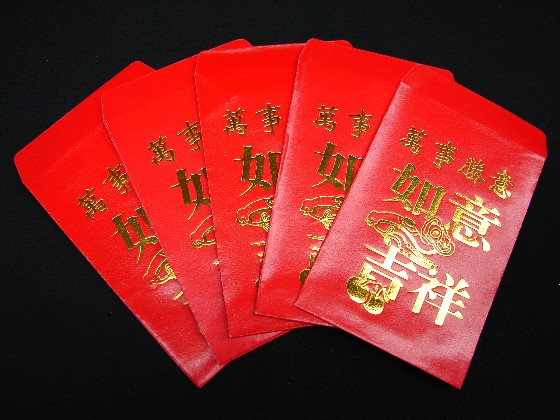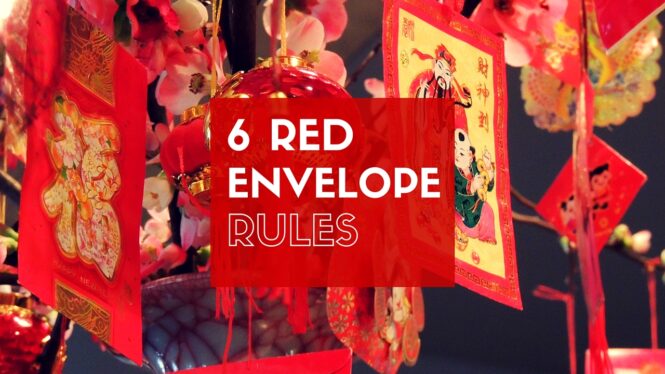
The red colour of the envelope symbolises good luck and prosperity. Here are some examples of the appropriate amounts:
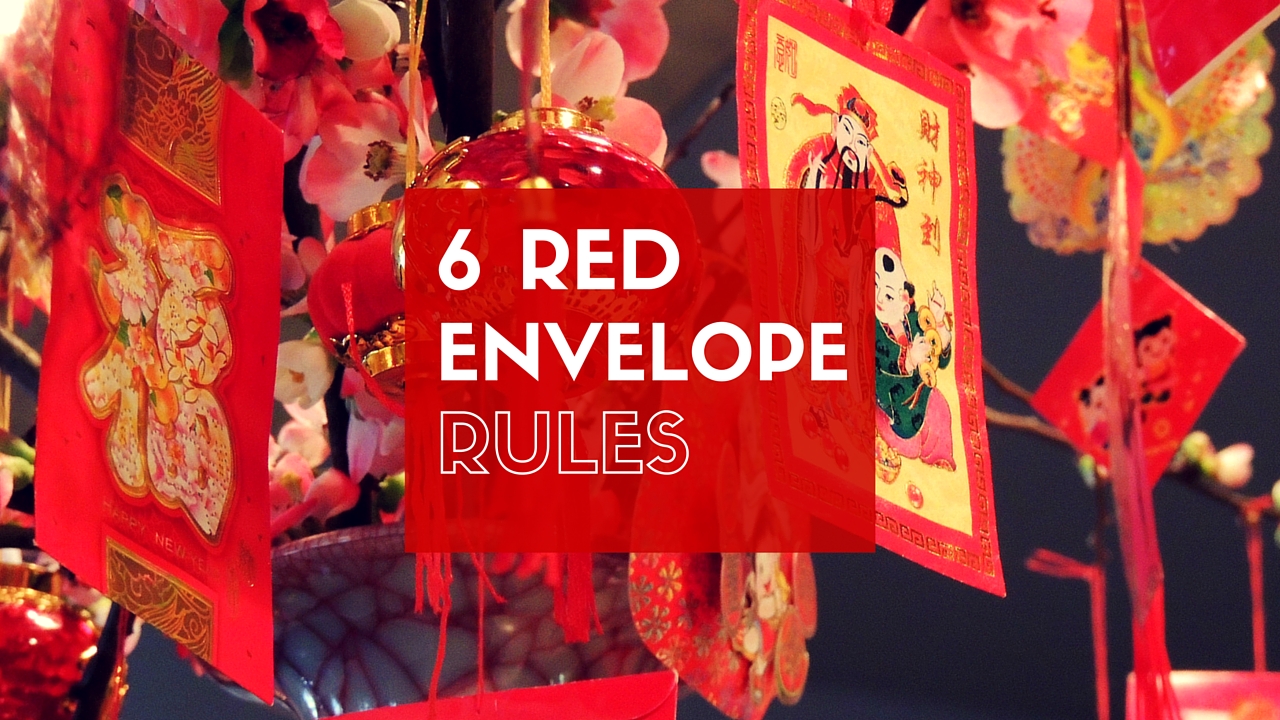
6 Red Envelope Rules The HK Hub
Chinese new year red envelope 9:
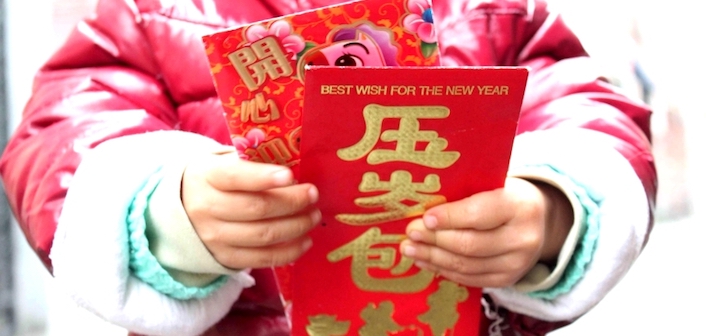
Chinese new year red envelope etiquette. Astrology tips for the year of the ox Unlike a western greeting card, red envelopes given at chinese new year are typically left unsigned. If you’re invited to someone’s home for chinese new year, it is tradition in china to present hongbao to the children and gifts to the adults.
Chinese people believe that once children have lucky money, they can bribe the ghosts, evil spirits or the monster 'nian' with the money received to prevent any harm and turn ill luck into good. You’re bound to be familiar with the ornate red paper envelope filled with money by now. This tradition of giving red envelopes with money is also used for many other festive occasions, in lieu of modern gifting practices.
A red envelope is often decorated with gold chinese characters that wish happiness and wealth. As part of the chinese new year celebrations, it is customary for red envelopes containing money to be passed from older generations to their juniors. They symbolise luck and good fortune and is a harbinger of good things in the chinese culture.
Count the relationships, not the dollars. Do hold the red envelope with two hands when giving and receiving. It’s actually the envelope itself.
It’s also believed to ward off evil spirits. It represents good luck, success, and prosperity. The most common being kung hei fat choi to wish for a prosperous new year or sun tai king hong to wish for good health.
Red, a symbol of vitality, pleasure and good luck, is quite popular in china. It also can be used during the regular january 1st new year. Red is the most auspicious color in chinese.
Though they’re unquestionably a symbol associated with chinese new year, birthdays and weddings, red envelopes are also given for graduations, the launches of new ventures and other special occasions. 新年快乐 — happy chinese new year (formal way) “xīnnián kuàilè” is a somewhat more formal way to greet people during chinese new year. You can buy red envelopes at any supermarket and stationary shop, just be sure to check that it doesn’t say congratulations on your marriage if it’s for chinese new year.
If you are going to give a red envelope, the amount of the money should be an integer or an auspicious number like 6 and 8. You're supposed to avoid putting coins in the envelopes. It is a chinese new year gift with money stuffed into red paper to kids.
On chinese new year, adults give red envelopes to children.as a foreigner, you are. One chinese tradition that you have to grasp quickly as a foreigner, is the concept of the chinese red envelope. The recipient of a red envelope at chinese new year or on his or her birthday should not open it in front of the giver.
Giving lai see to people is a big part of chinese new year celebrations, so you. We examine the etiquette (礼”li”) of the chinese culture in this episode to help you foster a steady relationship with your chinese contact and avoid embarrassing blunders. During chinese new year, and stretching into the following week, you may notice a flurry of red envelopes being exchanged almost everywhere you go.
It’s a gesture of goodwill, expressed through the exchange of red envelopes, that builds relationships among family and friends. If you are giving a red envelope, there are a few points to remember. If you’re invited to someone’s home for chinese new year, it is tradition in china to present hongbao to the children and gifts to the adults.
In fact, after all the giving and receiving of red envelopes during chinese new year, you’ll probably find that you end up netting even financially. Here are 8 facts you should know about the historic red envelope. Chinese new year is just around the corner, and you know what that means!
For example, liquor is usually given in two bottles, and cigarettes in two cartons. Family dinners, the memory of fireworks and parades (ah… maybe next year!), wall decorations, lion dances and the sounds of drums, and ang pow!. If your hosts drink alcohol, they’ll appreciate a nice bottle of.
These red envelopes are often given at social and family gatherings, including weddings and holidays like chinese new year. This is often lost in western tradition, however. In this episode we examine the business side of the chinese culture.
In addition, it is good etiquette to follow up with a thank you card or email. A red envelope is supposed to bring good luck, so you should hold onto it for a while for just that! These fancy little red envelopes, called lai see (利是), are packets that contain good luck money.
恭喜发财 — happiness and prosperity. Whether you’re in china for business or pleasure, you’ll encounter situations in which you’re expected to give a hóngbāo (红包).hongbao, as the name would suggest, are red packets that are filled with an amount of money and given as a gift. The red color symbolizes good luck and prosperity in chinese (and other east asian) cultures.
Refer to people by their title and their. Chinese red envelopes are called “hong bao” in mandarin chinese. It is usual for the person to reciprocate with a gift of equal value as a way of appreciation.
Unmarried, young dependents, typically teenagers and younger. You can buy red envelopes at any supermarket and stationary shop, just be sure to check that it doesn’t say “congratulations on your marriage” if it’s for chinese new year. In china, it is a tradition to give red envelops during the chinese new year.
The importance of the hóngbāo isn’t the cash held inside; Regardless of the event, this basic red envelope etiquette applies: Giving dirty or wrinkled bills is in bad taste.
The unwritten rule is to wait for the lunar new year celebrations to. Do exchange greetings when handing out lai see. When visiting family and friends during the chinese new year holiday, be prepared with a fistful of red packets to hand out in every household in which you encounter children, e.g.
The red envelopes are part and parcel of chinese new year (also known as lunar new year) celebrations. If someone like a grandma or grandpa is formally handing an envelope to you, it’s proper etiquette to receive the envelope with two hands and a gracious bow. Red envelopes, also called red packets, lucky money, or hongbao in chinese, are a popular monetary gift given on some important occasions or festivals in china and some other asian countries, especially widely seen during the chinese new year (spring festival).
Choose new bills, don’t ever include coins and these days checks are ok. In the week leading up to chinese new year, many people stand in long queues at banks to exchange old bills for new ones. Ang bao is essentially a red envelope that contains a gift, aka money.
It's a tradition to put crisp, new bills inside a chinese new year red envelope. Everyone becomes a year older with the new year, no matter when your birthday actually occurs. Chinese new year red envelope 8:
Give children a red envelope (lai see/hong bao) with “good luck” money enclosed. At chinese weddings, the procedure is different.at a chinese wedding, there is a table at the entrance of the wedding reception where guests give their red envelopes to attendants and sign their names on a large scroll. For birthdays or weddings, a short message, typically a four character expression, and signature is.
The teacher instruction sheet also includes red envelope etiquette to ensure that your students understand how to participate in this custom appropriately. Chinese people believe that good things should be in pairs, so the presents should not be in odd number.
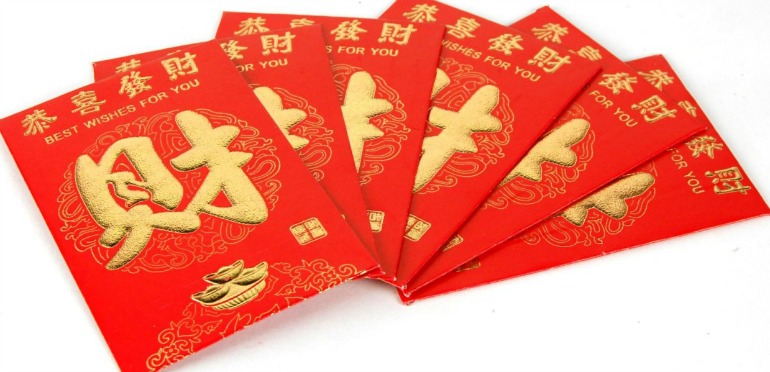
Chinese Red Envelopes for All Occasions Chinese American
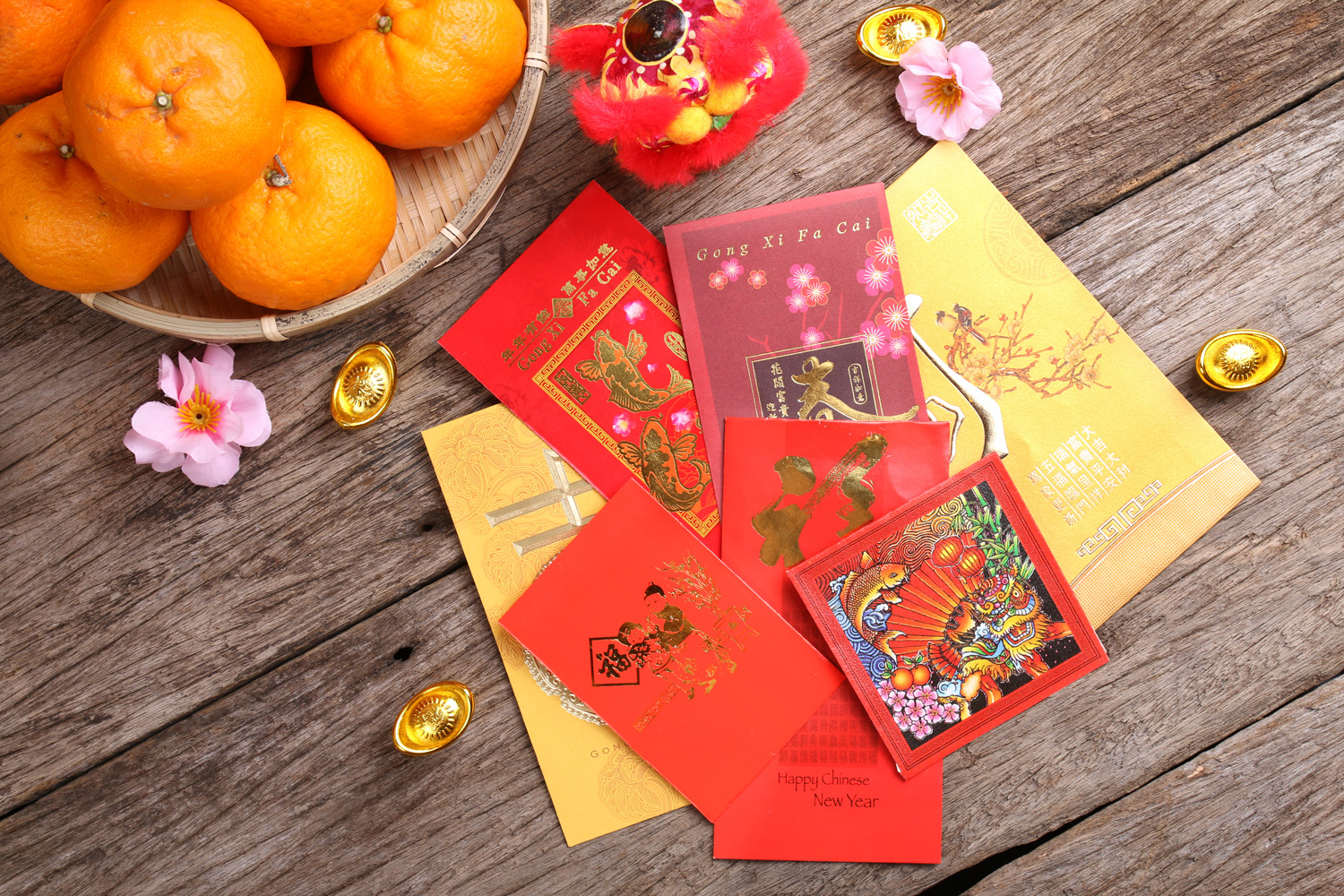
5 Red Envelope Gifting Etiquettes During Chinese New Year

Red Envelope Etiquette Tips for Giving and Receiving

An Expat's Guide to Lai See Etiquette Hong Kong
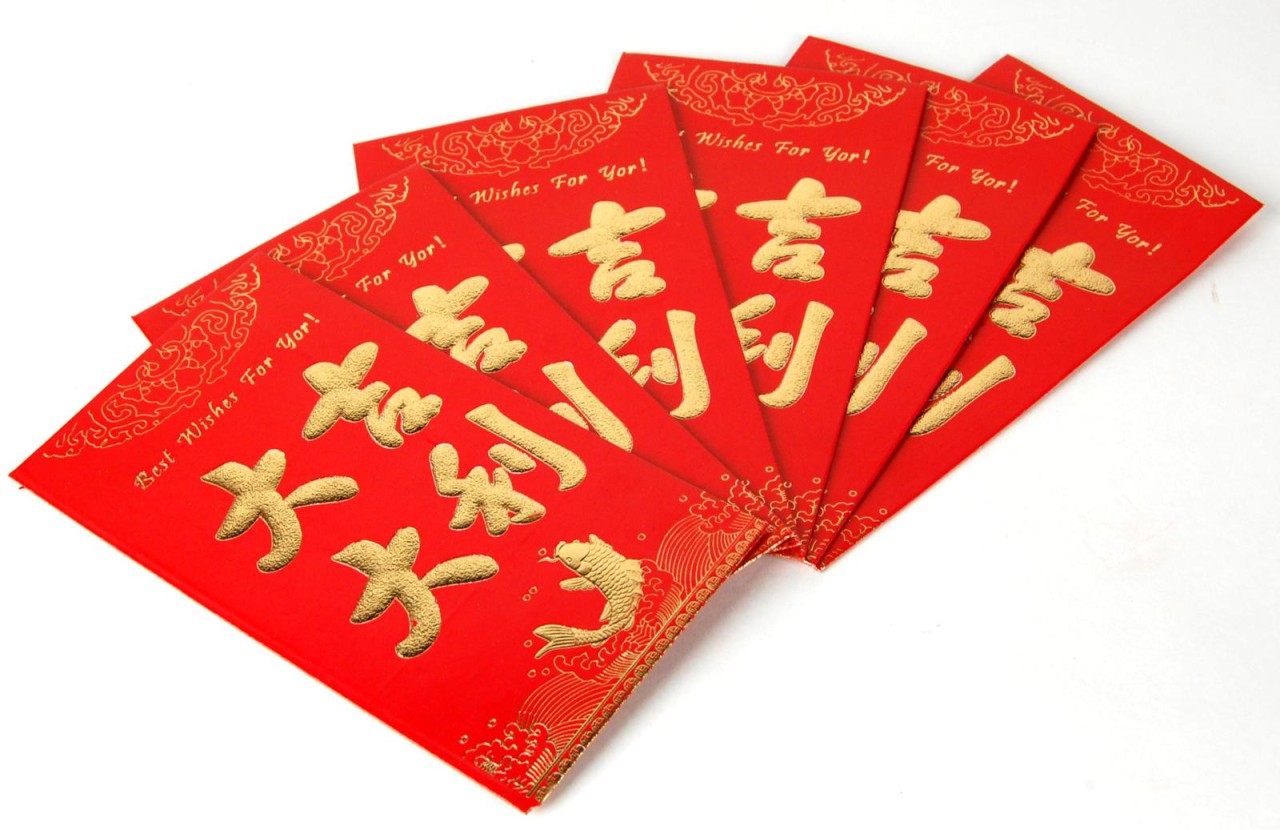
How To Give Red Envelopes via WeChat Fei Digital Marketing
Living in Taiwan Chinese New Year in Taiwan

Pin by kiuho hoo on CNY 2018 Taipei metro, Year of the
